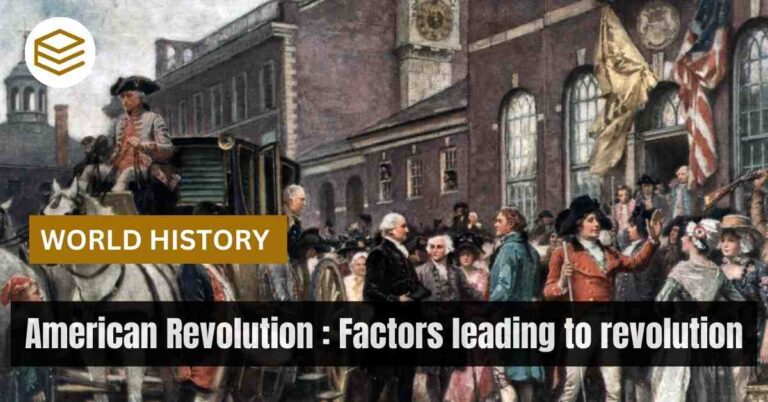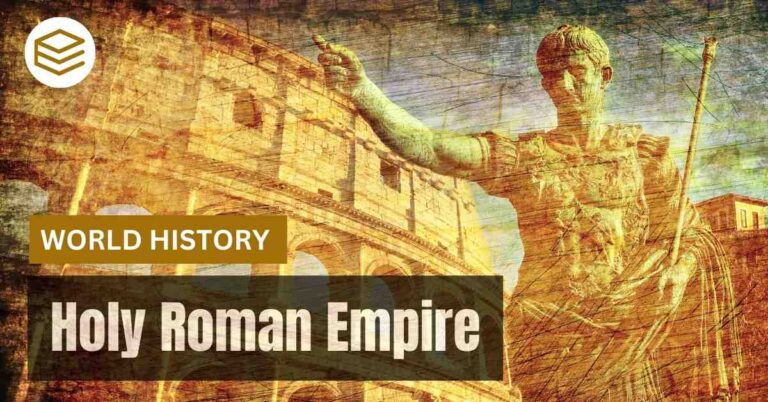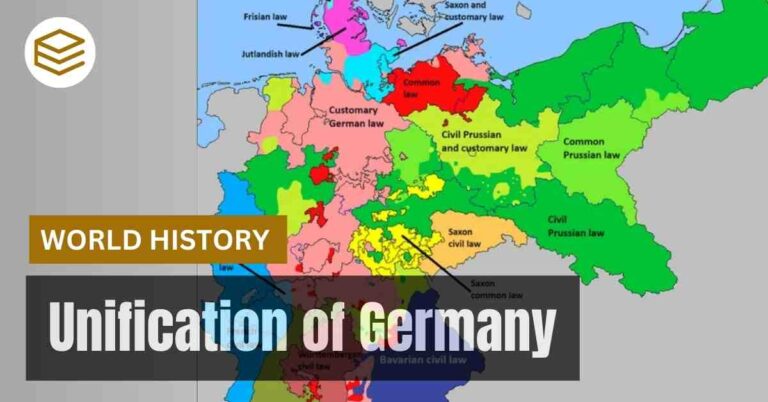December 7, 2025 6:27 am
The Thirty Years’ War (1618–1648) was one of the most devastating conflicts in European history. It marked a profound transformation in the political, religious, and social landscape of the continent and played a crucial role in shaping the modern nation-state system. Originating as a religious dispute within the Holy Roman Empire, the war soon expanded into a broader struggle for political dominance involving major European powers.

I. Causes of the Thirty Years’ War
The origins of the war can be traced to a combination of religious tensions, political rivalries, and long-standing grievances:
A. Religious Conflicts
- Reformation and Counter-Reformation:
- The Protestant Reformation, initiated by Martin Luther in 1517, had divided Europe into Catholic and Protestant camps.
- The Holy Roman Empire, a fragmented entity, struggled to maintain religious unity under Catholic dominance.
- The rise of Calvinism, a Protestant sect, further inflamed tensions, as it was not recognized under the Peace of Augsburg (1555), which had granted legal recognition only to Lutherans and Catholics.
- Defenestration of Prague (1618):
- The immediate trigger for the war occurred in Bohemia, where Protestant nobles, angered by restrictions on their religious freedoms under the Catholic Habsburg Emperor Ferdinand II, threw two of his representatives out of a castle window in Prague.
- This act of rebellion symbolized the deep religious divides and set the stage for a prolonged conflict.
B. Political Rivalries
- Habsburg Ambitions:
- The Habsburgs, ruling both Spain and the Holy Roman Empire, sought to consolidate their power and maintain Catholic hegemony in Europe.
- French Opposition:
- Catholic France, under the leadership of Cardinal Richelieu, opposed the Habsburgs, prioritizing political interests over religious unity.
- Rise of Sweden and Denmark:
- Protestant nations like Sweden and Denmark, under leaders such as Gustavus Adolphus, aimed to expand their influence in northern Europe while supporting Protestant causes.
II. Phases of the War
The Thirty Years’ War unfolded in distinct phases, each marked by shifts in alliances, strategies, and participants:
A. The Bohemian Phase (1618–1625)
- The war began with the Bohemian Revolt, as Protestant nobles in Bohemia resisted the Catholic Emperor Ferdinand II.
- Ferdinand II defeated the Protestant forces at the Battle of White Mountain (1620), solidifying Habsburg control over Bohemia.
B. The Danish Phase (1625–1629)
- Denmark, led by King Christian IV, entered the conflict to support Protestant forces.
- The Habsburgs, with the help of their general Albrecht von Wallenstein, decisively defeated the Danes.
- The Edict of Restitution (1629) was issued, aiming to restore Catholic lands lost to Protestants since 1552, further escalating tensions.
C. The Swedish Phase (1630–1635)
- Sweden, under its brilliant king Gustavus Adolphus, entered the war as a Protestant champion.
- Gustavus Adolphus achieved major victories, such as the Battle of Breitenfeld (1631), turning the tide against the Habsburgs.
- However, Gustavus Adolphus died in battle in 1632, weakening the Protestant cause.
D. The Franco-Swedish Phase (1635–1648)
- Catholic France allied with Protestant Sweden against the Habsburgs, illustrating the primacy of political interests over religious affiliation.
- This phase saw widespread devastation across Germany, with battles like the Battle of Rocroi (1643) marking key turning points.
III. Consequences of the War
The Thirty Years’ War had profound and far-reaching consequences, reshaping Europe’s political and social order:
A. Human and Economic Cost
- Devastation in Germany:
- The war caused immense suffering, particularly in the German states of the Holy Roman Empire.
- An estimated 8 million people died due to battles, famine, and disease, reducing Germany’s population by up to 20-30% in some regions.
- Entire towns and villages were destroyed, leading to economic collapse and depopulation.
- Economic Disruption:
- Trade routes were disrupted, agriculture was devastated, and famine became widespread.
- The war set back economic development in central Europe for decades.
B. Political Outcomes
- Treaty of Westphalia (1648):
- The war ended with the Treaty of Westphalia, a landmark agreement that redefined the political and religious landscape of Europe.
- Key provisions:
- Recognition of the sovereignty of individual states within the Holy Roman Empire.
- Legal equality between Catholics, Lutherans, and Calvinists.
- Territorial adjustments, such as Sweden gaining territories along the Baltic Sea and France annexing parts of Alsace.
- Decline of the Habsburgs:
- The Habsburgs’ dominance was significantly weakened, and their ambitions for a unified Catholic Europe were dashed.
- Rise of Nation-States:
- The treaty marked the formal recognition of the modern nation-state system, with clear territorial boundaries and sovereignty.
C. Religious Impacts
- The war entrenched the division of Europe into Catholic and Protestant regions.
- Religious tolerance became a necessity, leading to the gradual secularization of European politics.
IV. Legacy of the Thirty Years’ War
The Thirty Years’ War left a lasting legacy, influencing the development of modern Europe in several ways:
A. The Westphalian System
- The Treaty of Westphalia established the principles of state sovereignty and non-interference in domestic affairs, forming the foundation of modern international relations.
B. Decline of Religious Wars
- The war marked the last major religious conflict in Europe, shifting the focus of wars to political and economic rivalries.
C. Shaping Modern Diplomacy
- The war necessitated the development of permanent diplomatic missions and alliances, laying the groundwork for modern diplomacy.
D. Military Innovation
- The prolonged conflict led to innovations in military strategy, including professional standing armies and new tactics, influencing the future of warfare.
V. The Thirty Years’ War as a Catalyst for Change
Though devastating, the Thirty Years’ War was a pivotal moment in European history. It:
- Accelerated the decline of feudalism and the rise of centralized states.
- Cemented the nation-state as the primary political unit in Europe.
- Promoted the idea of legal equality between states, influencing institutions like the United Nations centuries later.
Conclusion: Lessons from the War
The Thirty Years’ War serves as a stark reminder of the dangers of ideological and political extremism. While its costs were immense, its resolution through the Treaty of Westphalia marked the dawn of a new era in governance and international relations. It laid the groundwork for the modern state system, emphasizing sovereignty, diplomacy, and coexistence—principles that continue to shape our world today.





[…] The Thirty Years’ War: A Multi-Faceted Conflict […]
[…] The Thirty Years’ War (1618–1648): […]